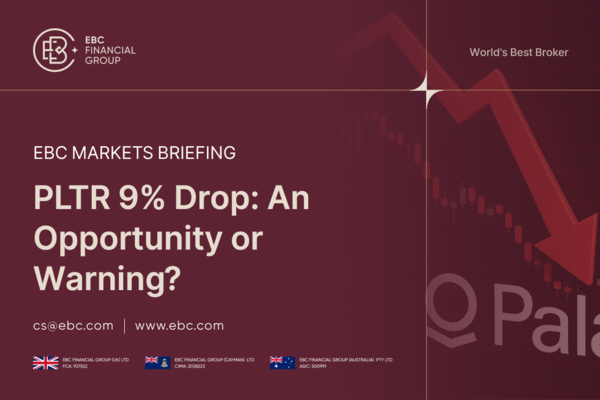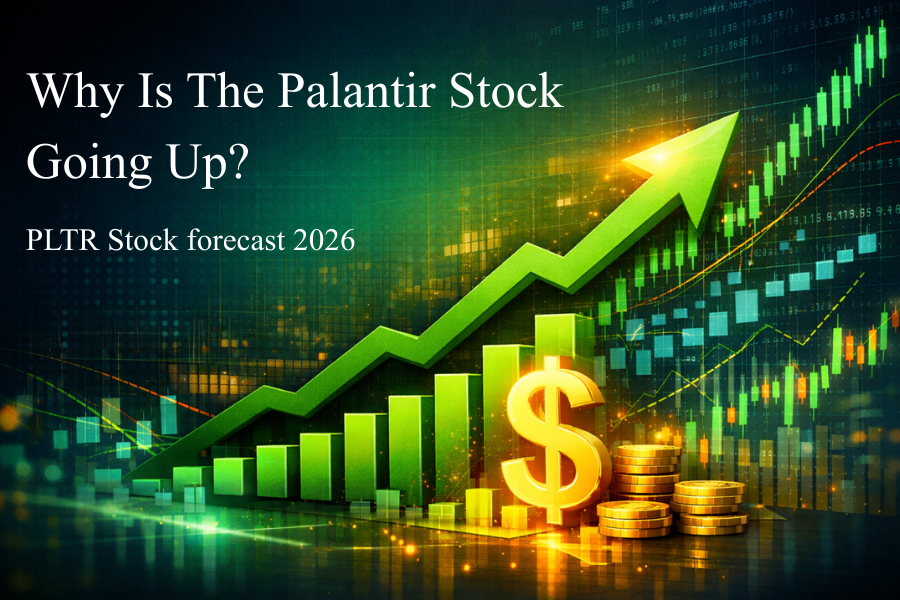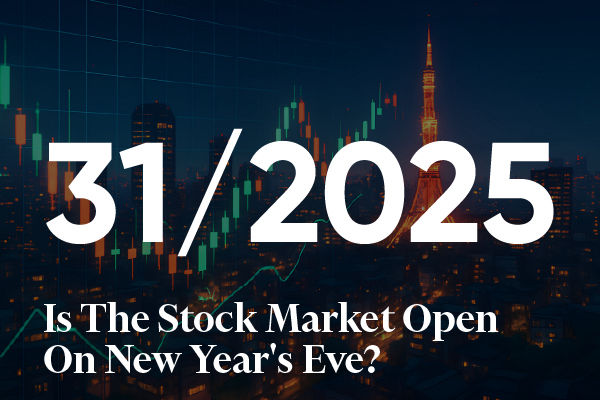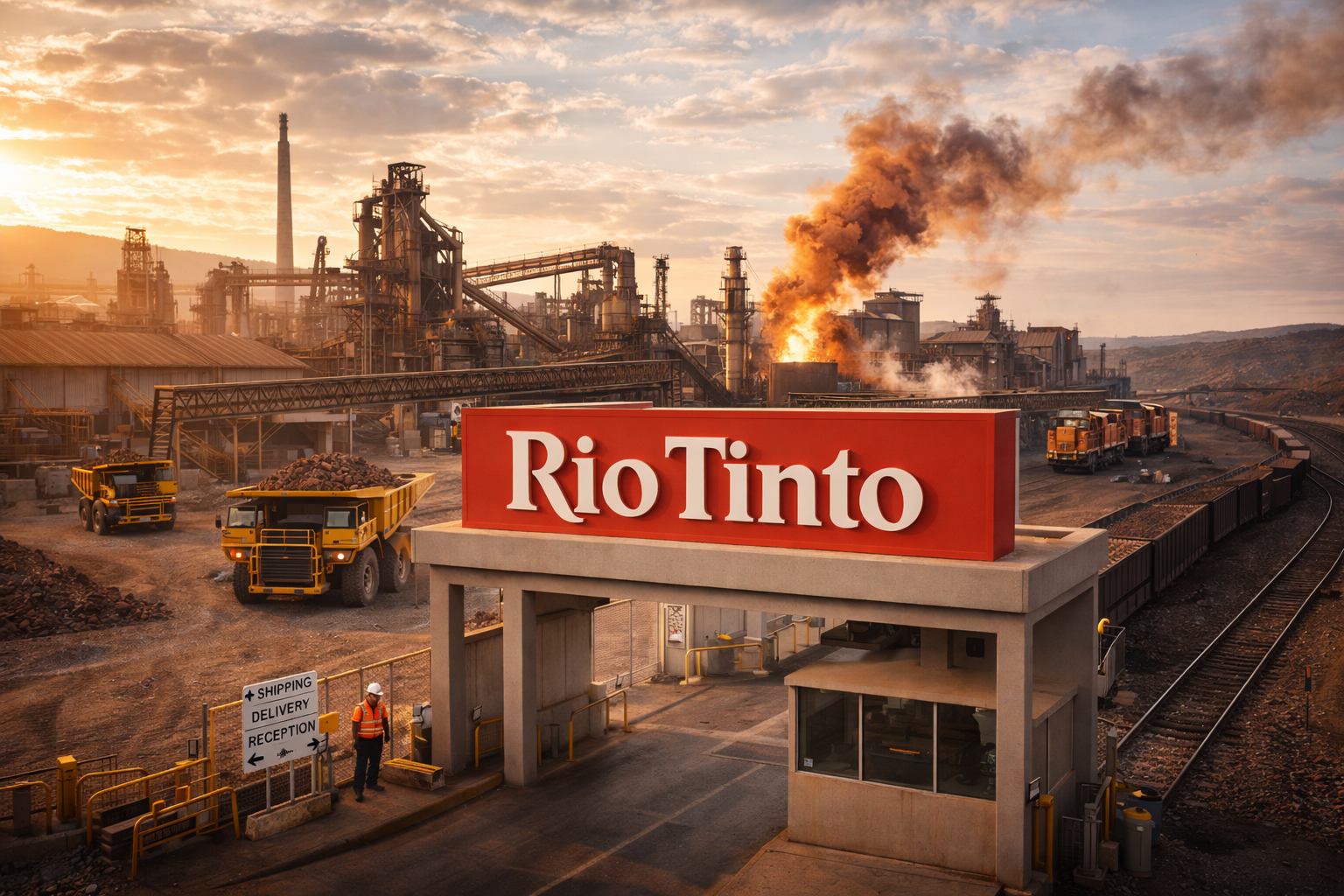Palantir Technologies Inc. (NASDAQ: PLTR) dropped 9.35% on August 19, 2025, closing at $157.75. This sharp decline followed mixed Q2 earnings and cautious forward guidance that rattled investors despite strong growth figures.
The key question now is whether this selloff represents a buying opportunity given Palantir's growth potential or a warning of challenges ahead. Examining the company's earnings, guidance, sector dynamics, and technical signals helps clarify the stock's outlook.
Why Palantir Stock Is Down Today? Explained
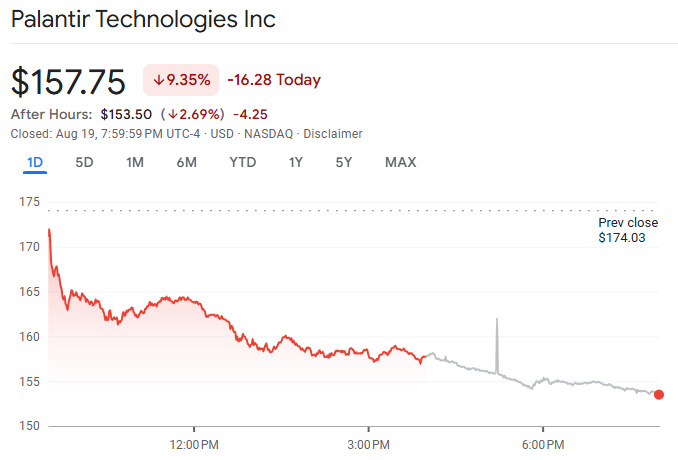
Palantir's decline was triggered by its Q2 2025 earnings report released on August 19. The company posted revenue of $560 million, reflecting a 25% year-over-year increase, slightly missing consensus estimates of $569 million. Adjusted earnings per share (EPS) of $0.05 also came below the expected $0.08.
Although management's guidance remained positive, projecting Q3 revenue between $1.083 billion and $1.087 billion (approximately 50% y/y growth) and raising full-year 2025 revenue to about $4.15 billion (45% growth), some investors were unsettled by increased operating expenses and slower-than-expected deal closures.
The market reacted sharply, with PLTR price falling from an intraday high near $172 to close at $157.75. This represents a $16.28 or 9.35% loss on the day.
Palantir's Key Financial Highlights and Metrics
| Metric |
Q2 2025 |
Q2 2024 |
YoY Change |
| Revenue |
$560 million |
$448 million |
+25% |
| Adjusted EPS |
$0.05 |
$0.03 |
+67% |
| Operating Expenses |
$420 million |
$311 million |
+35% |
| Cash Flow from Operations |
-$40 million |
-$10 million |
Decreased |
| Active Clients |
220 |
190 |
+16% |
Market and Technical Analysis
Palantir's stock has been volatile, reaching a 52-week high of $189.46 earlier in the year before the recent selloff. The price breaking below support levels around $165 triggered some technical selling. However, the RSI suggests the stock has entered oversold territory, often a sign of short-term bounce potential.
Palantir's beta of 1.45 indicates it swings more sharply than the broader market, so investors and traders should be prepared for continued volatility.
Competitive and Sector Landscape
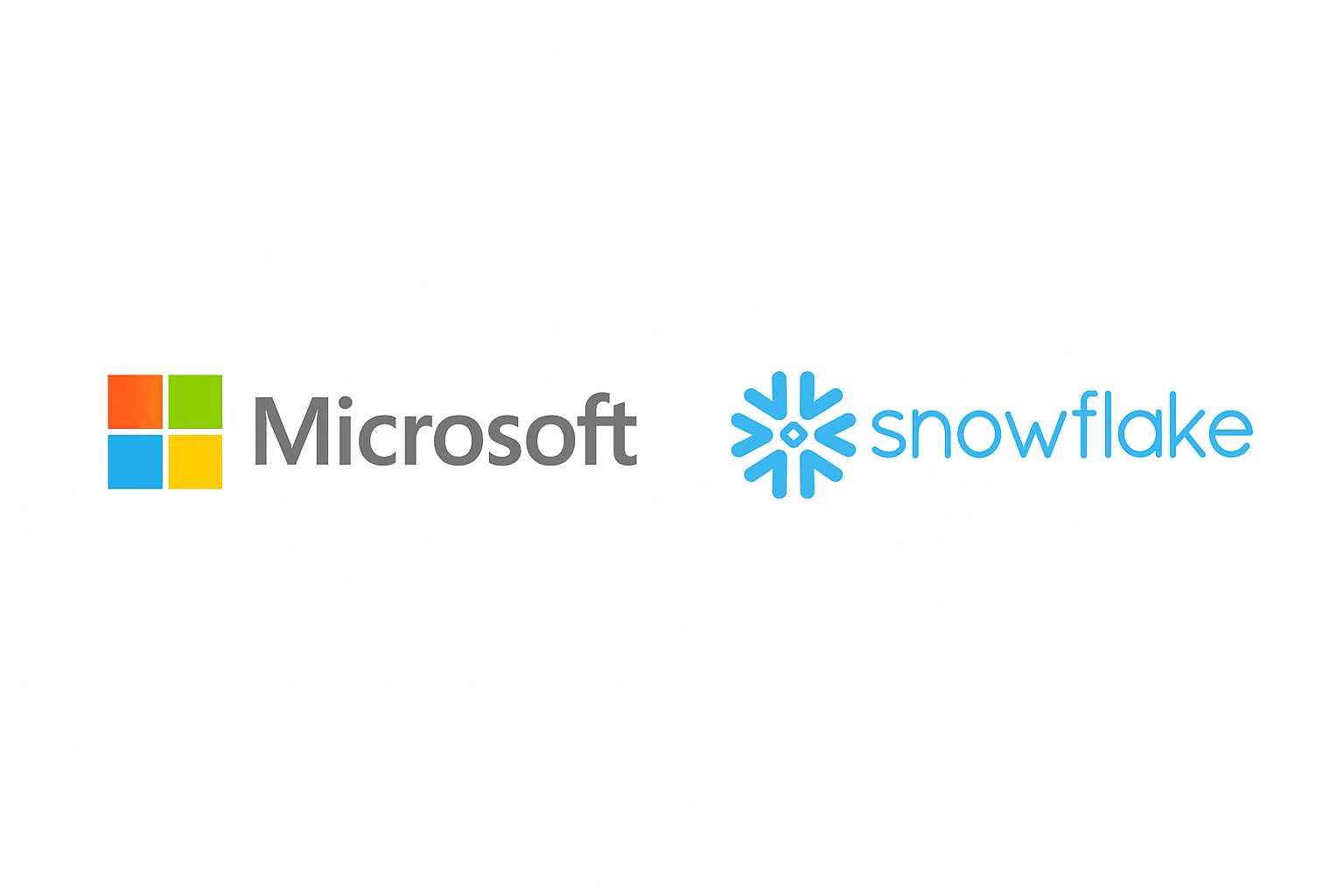
Operating in a fast-growing AI and data analytics market estimated to grow at over 20% annually, Palantir's proprietary platforms Gotham and Foundry remain widely used among government and commercial clients.
However, rising competition from giants like Microsoft, Snowflake, and emerging AI firms has increased pressure. This dynamic has contributed to Palantir's rising operating expenses, with a 35% year-over-year jump as it invests heavily in R&D and sales.
Risks and Catalysts to Watch
Risks:
-
Macroeconomic uncertainty is affecting client budgets and contract timing.
-
Increasing competition is potentially limiting growth and margin expansion.
Higher operating costs are weighing on profitability and cash flow.
Catalysts:
-
New multi-million dollar contracts or partnerships announced in the coming quarters.
-
Expansion of AI-driven features in core platforms.
-
Improved guidance or evidence of deal acceleration in quarterly updates.
Broader market enthusiasm for AI and tech stocks is improving sentiment.
Conclusion
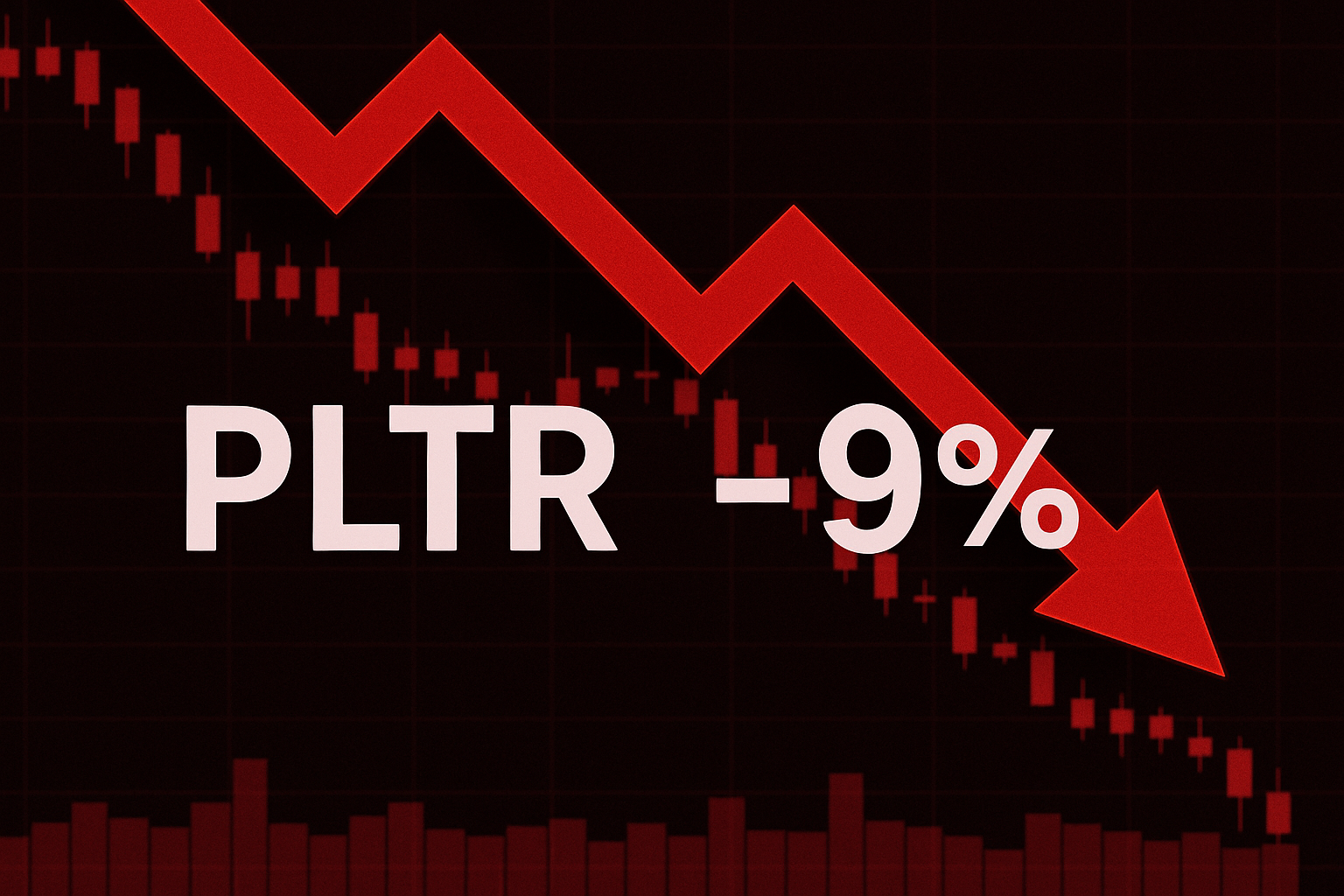
While the 9% drop is significant, it may reflect temporary investor anxiety amidst a difficult macroeconomic and market environment. Palantir's fundamentals — strong revenue growth, expanding client base, and leadership in AI analytics — remain intact.
For traders with a higher risk tolerance and long-term horizon, this pullback could represent an attractive entry point. However, caution is warranted given the competitive pressures and elevated volatility. Waiting for evidence of stabilised growth or improved earnings momentum may be prudent for more risk-averse investors.
Disclaimer: This material is for general information purposes only and is not intended as (and should not be considered to be) financial, investment, or other advice on which reliance should be placed. No opinion given in the material constitutes a recommendation by EBC or the author that any particular investment, security, transaction, or investment strategy is suitable for any specific person.
